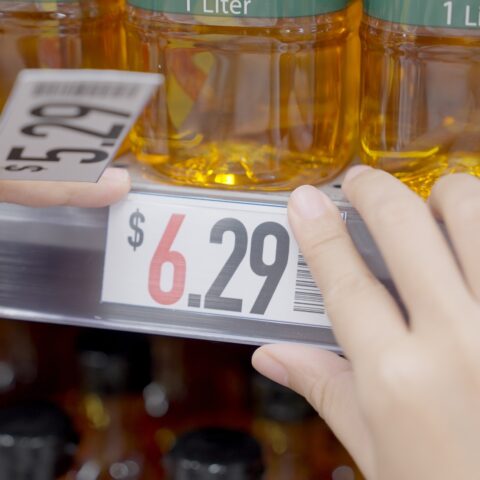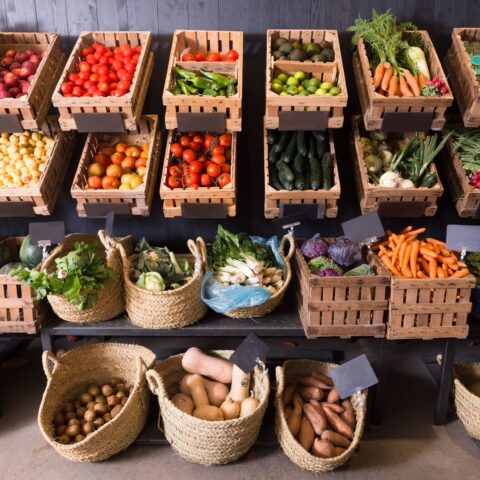How Does the U.S. Government Regulate Food Labels?
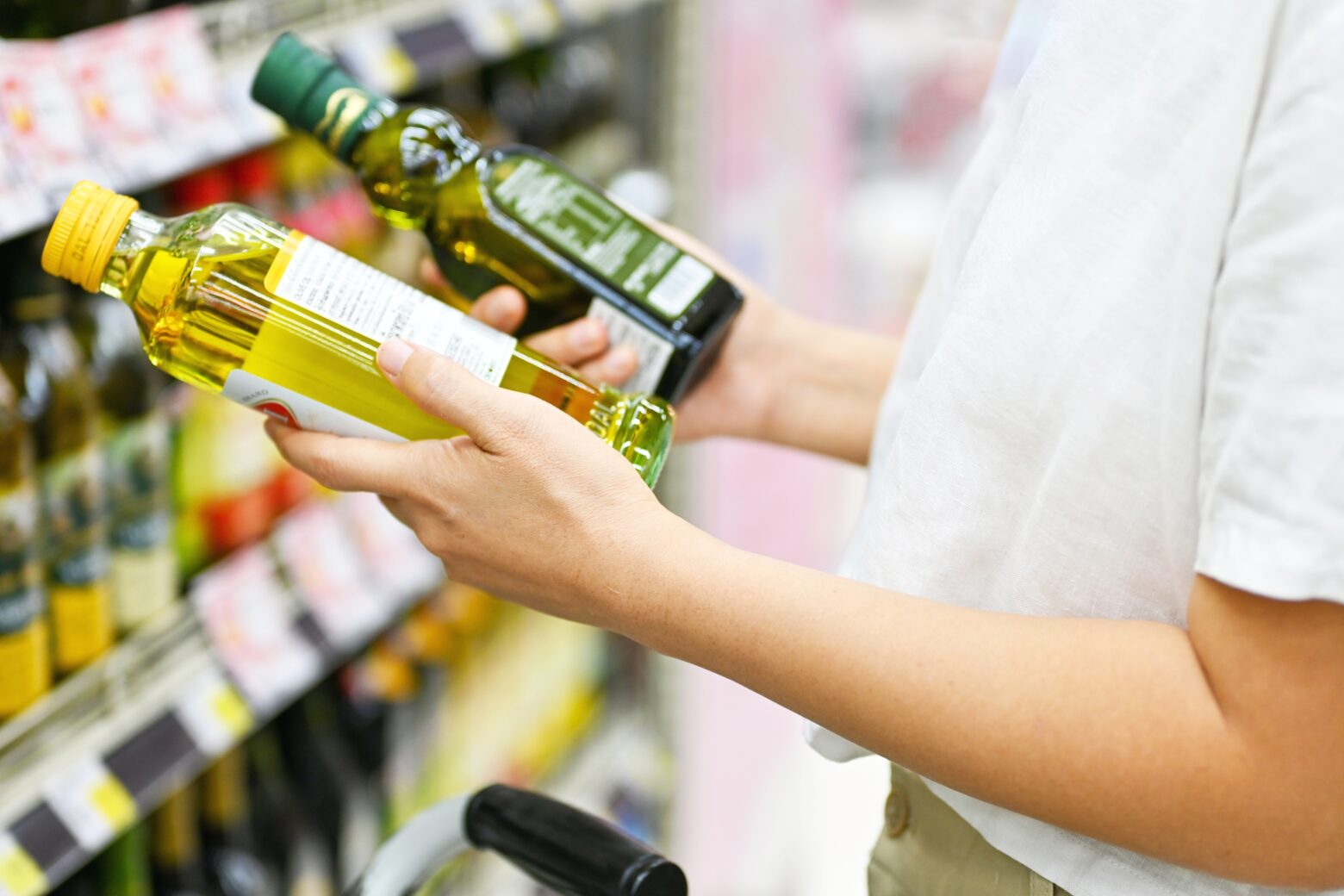
How did food labeling get so complicated? Every inch of packaging is filled with lots of words, some that seem credible, and for others, it’s hard to tell. You’ve undoubtedly heard news reports on whether certain additives have been banned or should at least be reduced. With so much confusing and conflicting information, now is as good a time as ever to unpack food labels under government agency oversight.
FDA Food Labeling Responsibilities
The U.S. Food and Drug Administration (FDA) is responsible for the safety and labeling of domestic and imported seafood supply, ingredients, allergens, and health claims for foods and dietary supplements.1
The FDA maintains the naming for fish and seafood, including the scientific name, acceptable market names, and common names. The U.S. Department of Agriculture’s (USDA) Agricultural Marketing Service oversees the requirement for wild or farmed seafood to be labeled with a Country-of-Origin Label (COOL).2
The FDA requires food manufacturers to list all ingredients on food labels with the most abundant, by weight, listed first. This includes additives, preservatives, emulsifiers, natural and artificial food dyes, and flavors. Exceptions to this rule include ingredients used in processing that are present in insignificant levels. Mixed spices or combined food flavors may not be labeled as individual ingredients.1 Fresh foods, like raw fruits and vegetables, seafood, game meats, bulk foods, and ready-to-eat foods, are exempt from ingredient and nutrition labeling.1
Ingredients deemed safe based on scientific evidence or historical use in food are generally recognized as safe (GRAS) ingredients based on scientific evidence or historical use and do not require pre-market approval. In recent years, food-safety consumer groups raised concerns that too many GRAS ingredients are allowed in processed food products without FDA approval.3
The FDA regulates health claims about foods and dietary supplements.4 Health claims that describe a relationship between a food, food component, or dietary supplement ingredient and the reduced risk of a disease or health-related condition must meet FDA requirements. The terms cannot mislead or imply preventing or treating a health condition.
The FDA also regulates terms like “healthy,” “lite,” “low,” or “high” in a given nutrient. For instance, to guide consumers toward healthier food choices, the term “healthy” was updated in early January 2025 to include the following foods if they meet the minimum limits for saturated fat, sodium, and added sugars:
- Fresh, frozen, chopped, dried, and canned fruits and vegetables.
- Eggs, avocados, higher-fat seafood (like salmon), oil, nuts and seeds, and mixed vegetable and meat meals (also non-Paleo foods like whole grains and low-fat dairy). Many of these foods were previously excluded due to their high total fat content. NOTE: The USDA oversees poultry, egg, pork, beef, and game meat labeling.
- Beverages must be less than five calories but can include non-caloric flavors, vitamins, minerals, and no- or low-calorie sweeteners.
Nutrition Facts Panel and Proposed Front Label
The Nutrition Facts label, mandated by the 1990 Nutrition Labeling and Education Act, began appearing on most packaged food products in the U.S. in 1994. The most recent update looks like this:
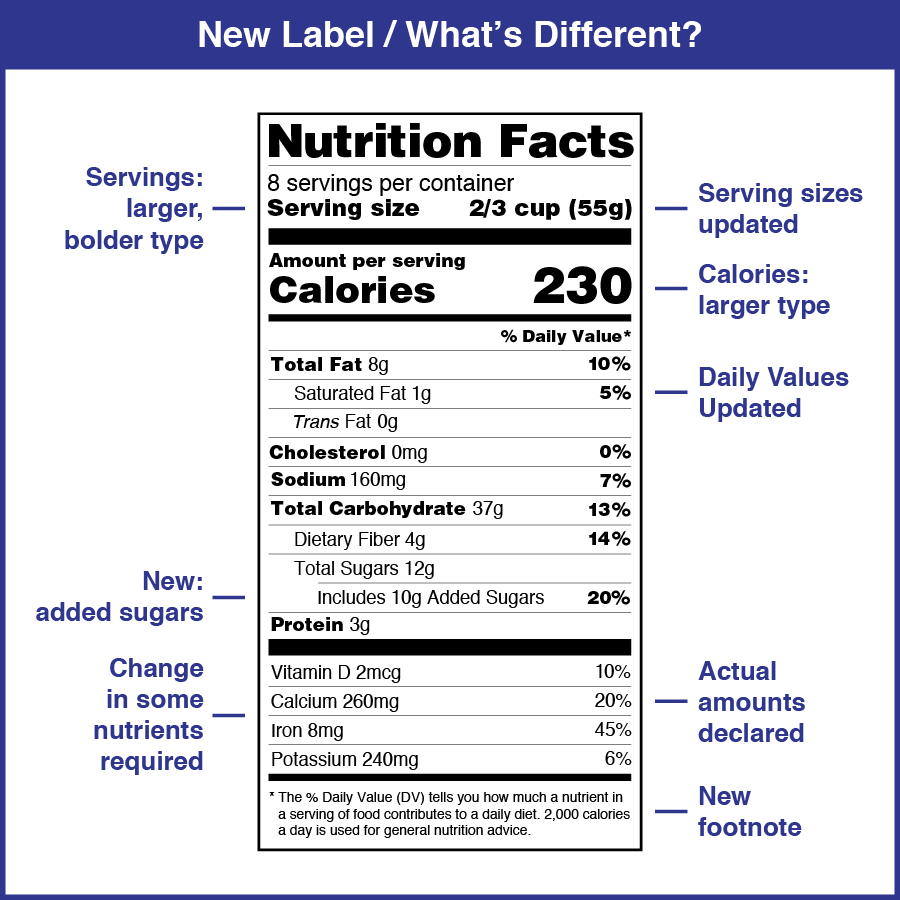
In 2019, the FDA reported that about half of shoppers use the panel, and most find it exhausting to get through all the data when all they want to do is get in and out of the store quickly. Discussions and debates ensued among food and public health experts. On January 2025, the FDA filed a proposed ruling requiring a front-of-the-pack (FOP) Nutrition Info Box with saturated fat, sodium, and added sugars.5
The FOP is designed to address the three nutrients connected to chronic disease and grade the level of each of these three nutrients as low, medium, or high. It could look like this:
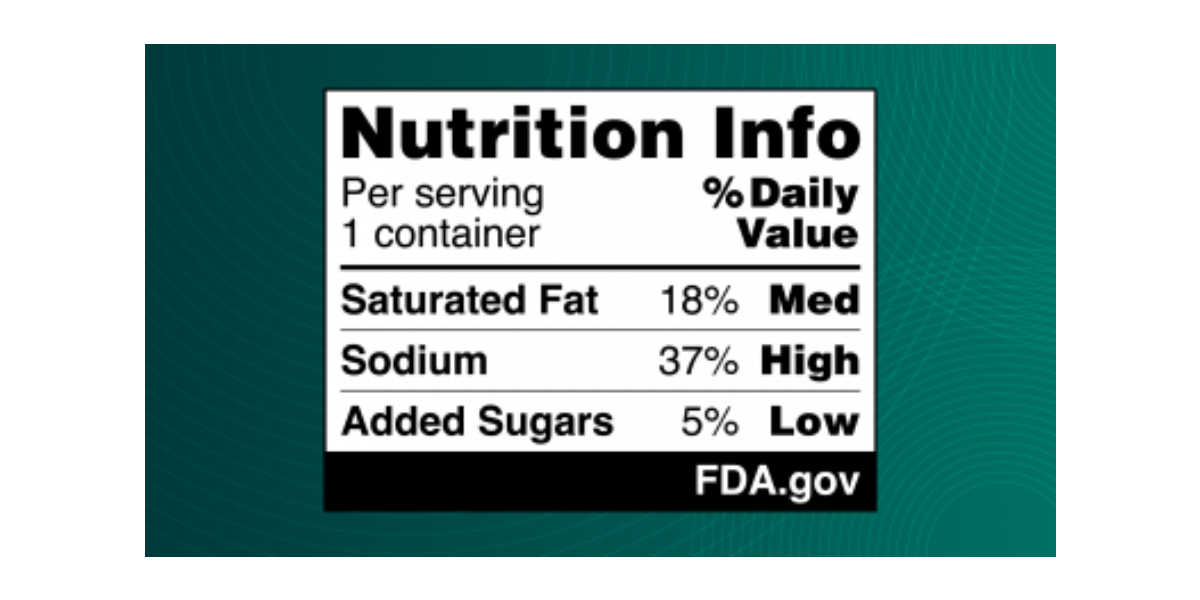
With a Trump-administration executive order requiring 10 existing regulations to be repealed before enacting a new one, it could be a while before consumers see this new type of label.6
USDA Food Labels
The USDA and the agency’s Agricultural Marketing Service (AMS) are responsible for food labeling and how food is produced and raised, including organic certification, bioengineered disclosure, animal welfare, and meat and poultry grading and labeling terms.7
Food Quality Labels
Poultry products may carry a voluntary label paid for by producers and graded by USDA. Grade A is the most common grade sold in supermarkets, meaning no defects such as feathers, bruising, or discoloration exist. Lesser grades are B and C.
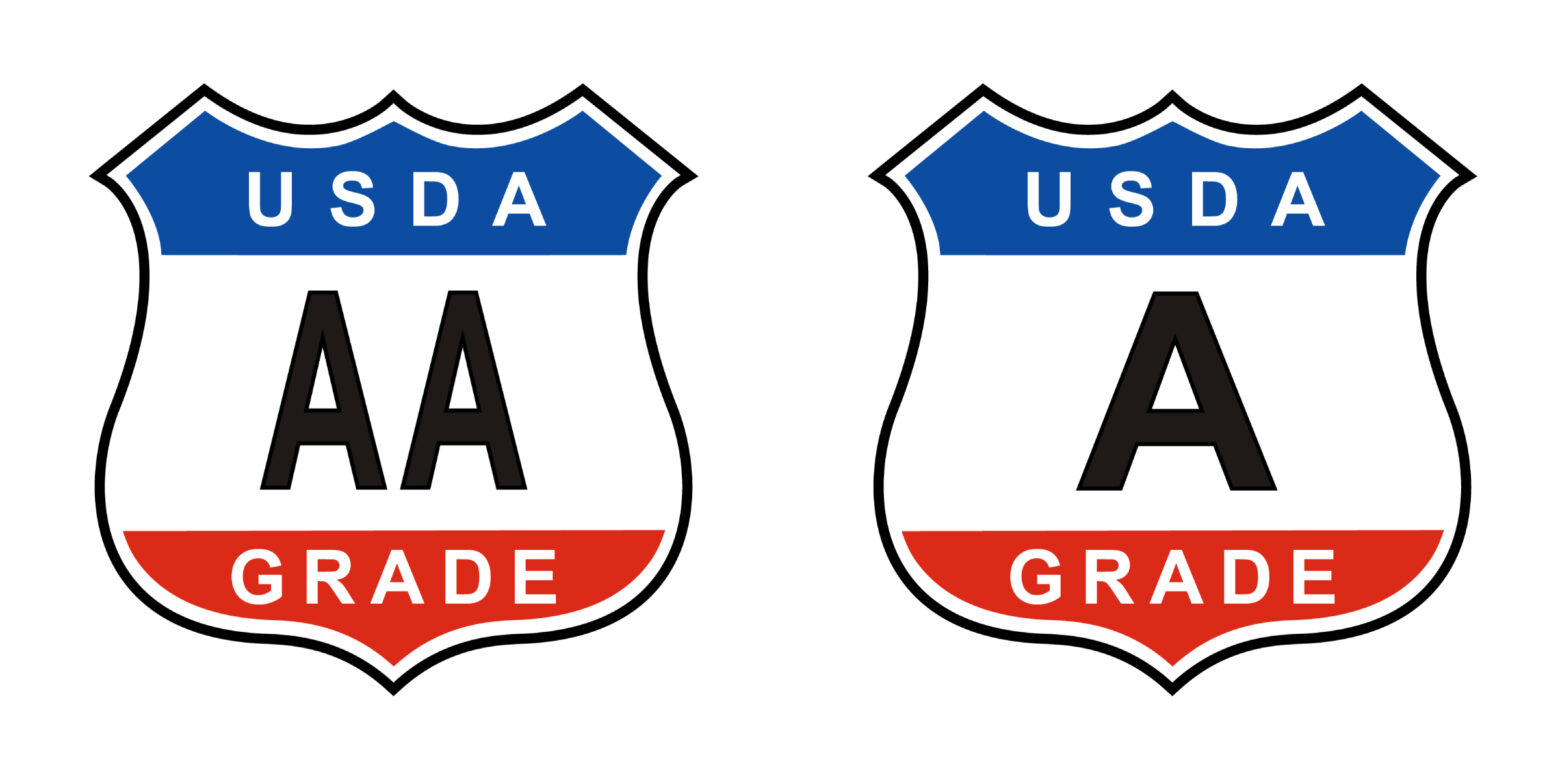
Egg USDA shell egg grading is a voluntary service paid for by shell egg producers and grades by USDA and includes three consumer grades:
- Grade AA: The freshest and highest quality eggs will receive a Grade AA.
- Grade A: Very high-quality eggs will receive a Grade A.
- Grade B: Grade B eggs are usually used for breaking stock (liquid eggs) and baking, depending on the number of defects.

The USDA grade shields for the beef industry include:
- Prime: Produced from young, well-fed beef cattle, with abundant marbling.
- Choice: High quality and less marbling than Prime.
- Select: Very uniform in quality and typically leaner than the higher grades. Select beef is fairly tender but has less marbling.
Verification & Monitoring Labels
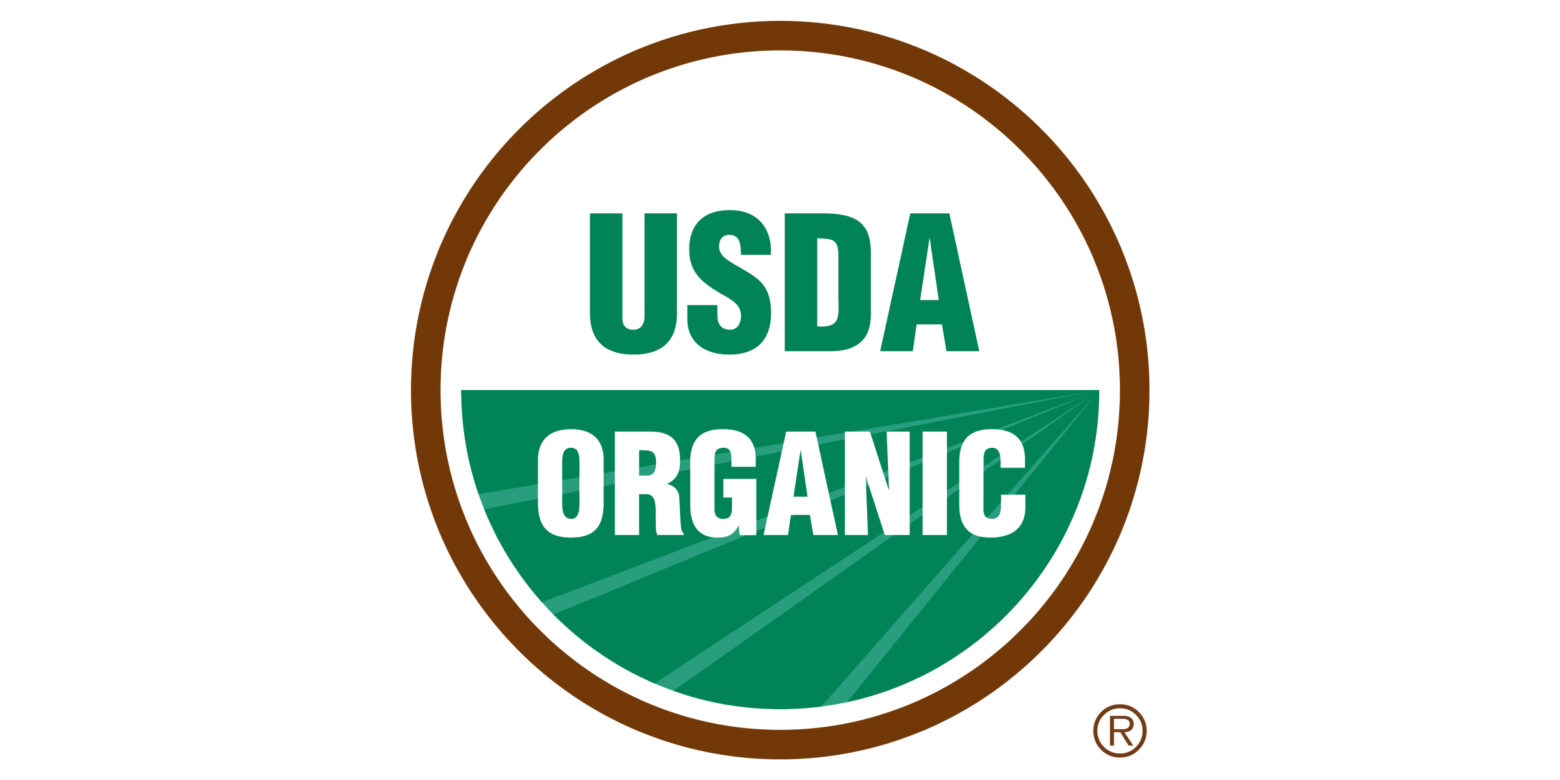
Organic certification verifies farms and businesses that comply with USDA organic regulations. There are three distinct labeling categories:
- 100% Organic contains only certified organic ingredients, including processing aids.
- Organic must contain no less than 95% of certified organic ingredients (excluding salt and water). The remaining 5% of ingredients must be organically produced unless commercially unavailable or allowed on the National List.
- “Made With” Organic contains at least 70% certified organic ingredients (excluding salt and water). Although remaining agricultural products are not required to be organically produced, they must be made without excluded methods, such as genetic engineering.
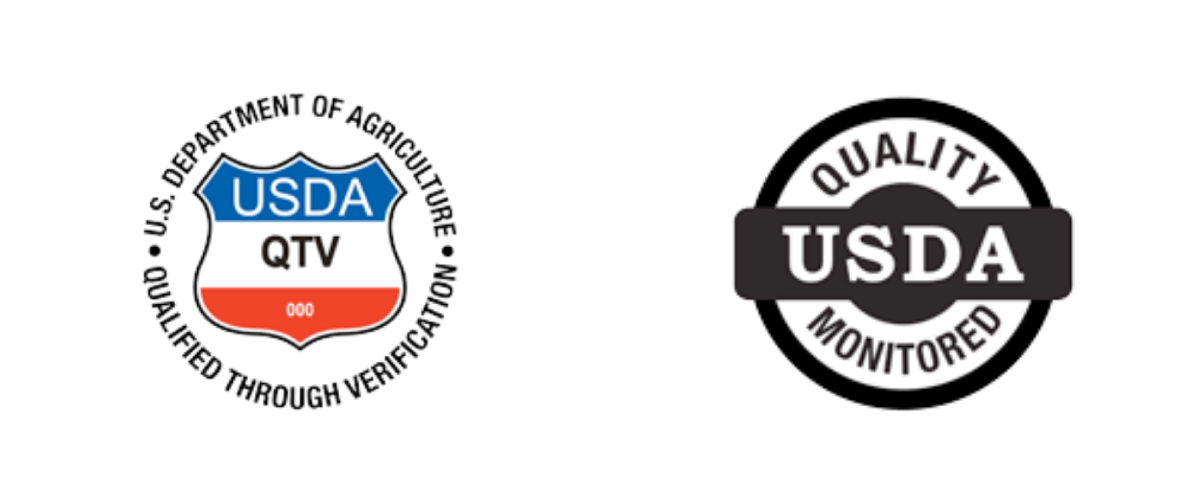
Quality Through Verification (QTV) and Quality Monitoring Program (QMP) labels ensure measures were taken for food safety, including Hazard Analysis Critical Control Point (HAACP) principles, Good Manufacturing Practices (GMPs), Good Agricultural Practices and Good Handling Practices (GAP and GHP) Verification, effective sanitation programs, product recall planning, and microbiological testing and third-party testing and evaluation (QMP).
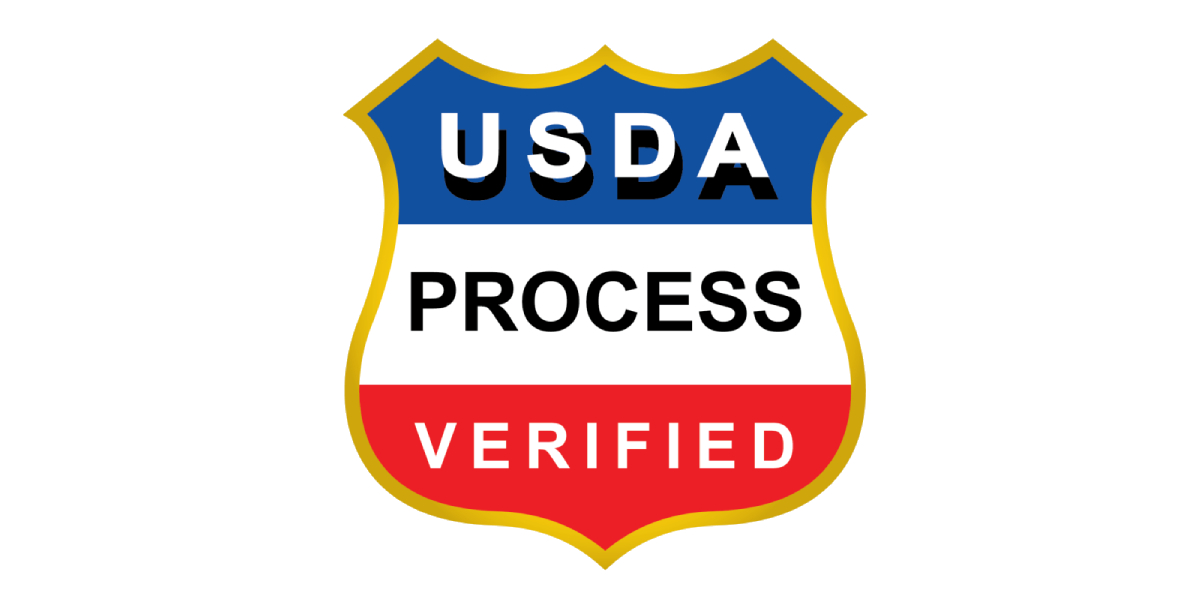
Process Verified Program is a quality management system review that allows companies to market their products by developing their own marketing claims, such as a feeding claim, or using an established standard such as Never Ever 3 (never ever given hormones, antibiotics, or animal byproducts).
FTC Ad Labels
Lastly, the Federal Trade Commission (FTC) focuses on regulating truthfulness in food advertising and marketing claims—not the food labels—under the Fair Packaging and Labeling Act.
The FTC and FDA coordinate efforts, as responsibilities overlap to ensure point-of-purchase advertising and marketing claims are not misleading. For example, the term “Made in the USA” requires “all or virtually all” significant parts, processing and labor must be of U.S. origin.8 They also enforce several off-label food marketing claims.
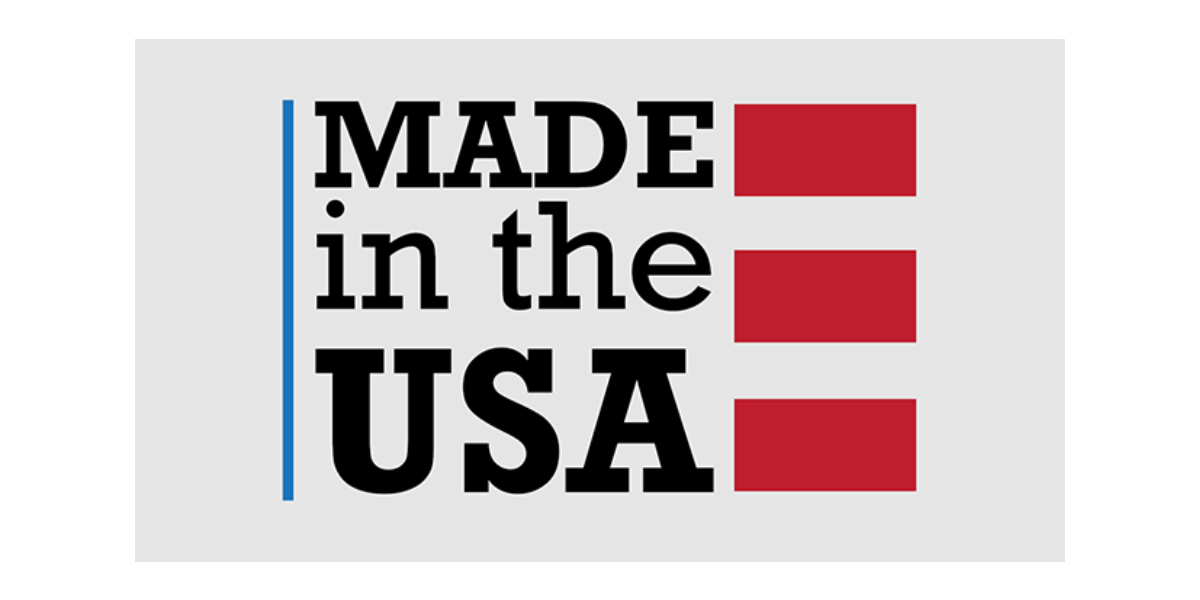
The FDA’s Dietary Supplement Health and Education Act sets the rules for claims made on product packaging, though the FTC is the watchdog for advertising claims and how products are sold.9
The Importance of Food Labeling Oversight
While the extreme cuts to government agencies in early 2025 may imply that some regulations are superfluous, food labeling regulations like the above and the departments that oversee them are still necessary for food safety and to help consumers make informed choices. When we’re armed with better knowledge and clear food standards, we can fuel our bodies with foods that are better for us. For further reading ,our Health Literacy page continues to explore the nuances of labels, ingredients, claims, and marketing terms.
References
- FDA. (2013). A Food Labeling Guide. https://www.fda.gov/files/food/published/Food-Labeling-Guide-%28PDF%29.pdf
- Country of Origin Labeling (COOL) | Agricultural Marketing Service. (2009). Usda.gov. https://www.ams.usda.gov/rules-regulations/cool
- FDA. (2019). Generally Recognized as Safe (GRAS). U.S. Food and Drug Administration. https://www.fda.gov/food/food-ingredients-packaging/generally-recognized-safe-gras
- Human Foods Program. (2024). Label Claims for Conventional Foods and Dietary Supplements. U.S. Food and Drug Administration. https://www.fda.gov/food/nutrition-food-labeling-and-critical-foods/label-claims-conventional-foods-and-dietary-supplements
- Food Labeling: Front-of-Package Nutrition Information. (2025, January 16). Federal Register. https://www.federalregister.gov/documents/2025/01/16/2025-00778/food-labeling-front-of-package-nutrition-information
- The White House. (2025, January 31). Fact Sheet: President Donald J. Trump Launches Massive 10-to-1 Deregulation Initiative – The White House. The White House. https://www.whitehouse.gov/fact-sheets/2025/01/fact-sheet-president-donald-j-trump-launches-massive-10-to-1-deregulation-initiative/
- Agricultural Marketing Service. (n.d.). Understanding Food Quality Labels A Guide to AMS Grade Shields, Value-Added Labels, and Official Seals Grade AA, A or B. https://www.ams.usda.gov/sites/default/files/media/AMSProductLabelFactsheet.pdf
- FTC. (2001). Selling ‘American-Made’ Products? What Businesses Need to Know About Making Made in USA Claims. https://www.ftc.gov/system/files/documents/plain-language/alt101-selling-american-made-products-made-usa-claims.pdf
- Statement on FTC’s Win in Lawsuit Against the Makers of Dietary Supplement Prevagen. (2024, December 10). Federal Trade Commission. https://www.ftc.gov/news-events/news/press-releases/2024/12/statement-ftcs-win-lawsuit-against-makers-dietary-supplement-prevagen
Kimberly Lord Stewart
Kimberly Lord Stewart is an author, journalist, and culinary expert. Her work highlights the importance of incorporating whole foods into daily diets and emphasizes the connection between food and overall well-being.
More About The Author
